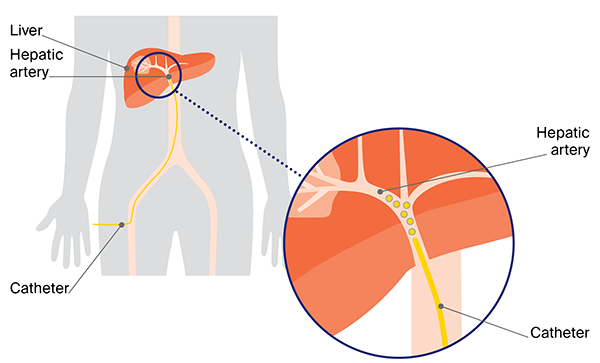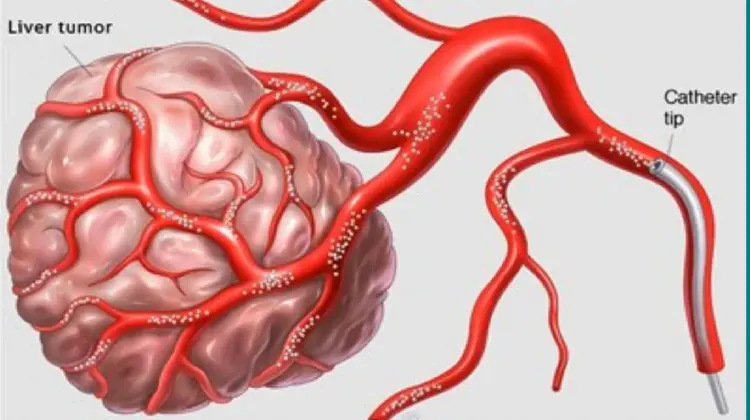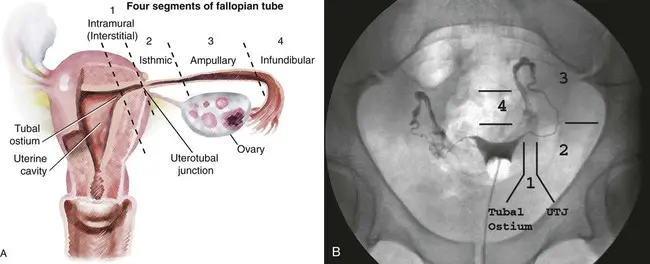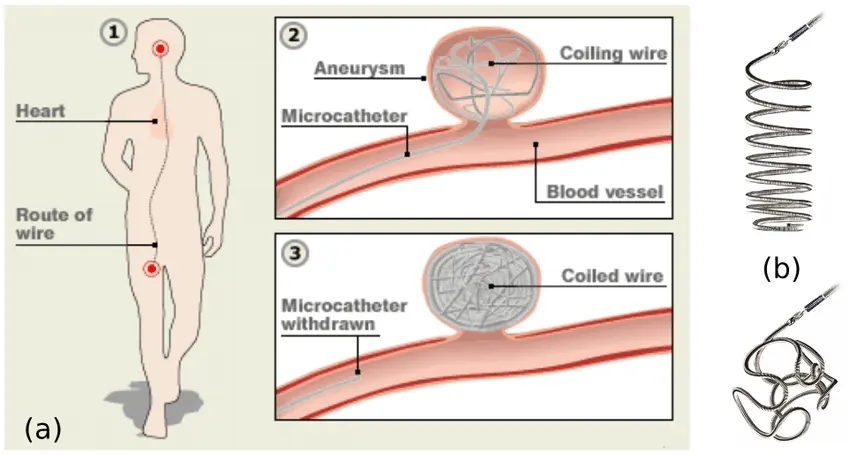Transarterial chemoembolization (TACE) is a minimally invasive treatment for liver cancer. It involves injecting a combination of cancer-fighting drugs and an embolic agent into the tumor to block its blood supply, causing the cancer cells to die. This procedure is also known as chemoembolization.
TACE is a specific type of chemoembolization that blocks the hepatic artery to treat liver cancer. Liver cancer tumors can grow new blood vessels (called angiogenesis), which get most of their blood supply from the hepatic artery, while the rest of the liver tissue gets blood from the portal vein. Because of this, doctors can block the hepatic artery to cut off the blood supply to the tumor without affecting the rest of the liver as long as blood is normally flowing toward the liver in the portal vein.

Transarterial Chemoembolization (TACE) for Liver Tumors
- Transarterial Chemoembolization (TACE) is a medical procedure used to treat liver tumors, particularly hepatocellular carcinoma (HCC) and, in some cases, metastatic liver tumors.
- TACE combines chemotherapy and embolization techniques to target and reduce the blood supply to the tumor while delivering a high concentration of anticancer drugs directly to the tumor site.
- TACE is a minimally invasive procedure performed by interventional radiologists. It involves the selective infusion of chemotherapy drugs directly into the blood vessels supplying the liver tumor, followed by the injection of embolic agents to block these vessels, minimally invasive
2. Indications:
- TACE is primarily used to treat liver tumors when:
- The tumor cannot be surgically removed.
- The tumor is confined to the liver or is dominant within the liver.
3. Procedure:
- Patient Evaluation: Before TACE, patients undergo imaging studies, such as CT or MRI, to assess the size, location, and vascular supply of the tumor.
- Catheter Insertion: A catheter is inserted through a small incision, typically in the groin, and threaded up into the hepatic artery, which supplies blood to the liver.
- Chemotherapy Infusion: Once the catheter is in place, anticancer drugs (chemotherapy agents) are infused directly into the hepatic artery. The goal is to deliver a high concentration of drugs to the tumor while minimizing systemic side effects.
- Embolization: After chemotherapy infusion, embolic agents, such as tiny particles or beads, are injected through the catheter to block or reduce blood flow to the tumor. This helps trap the chemotherapy drugs within the tumor and deprive it of oxygen and nutrients.
- Repeat Procedures: TACE may be performed in multiple sessions, typically at intervals of a few weeks, depending on the response and the extent of the disease.
4. Benefits:
- TACE has several advantages, including:
- Targeted Treatment
- Reduces Blood Supply
- Improves Survival
- Minimally invasive
- No cuts, Sutures
- No Anesthesia Required
- One Day Treatment




